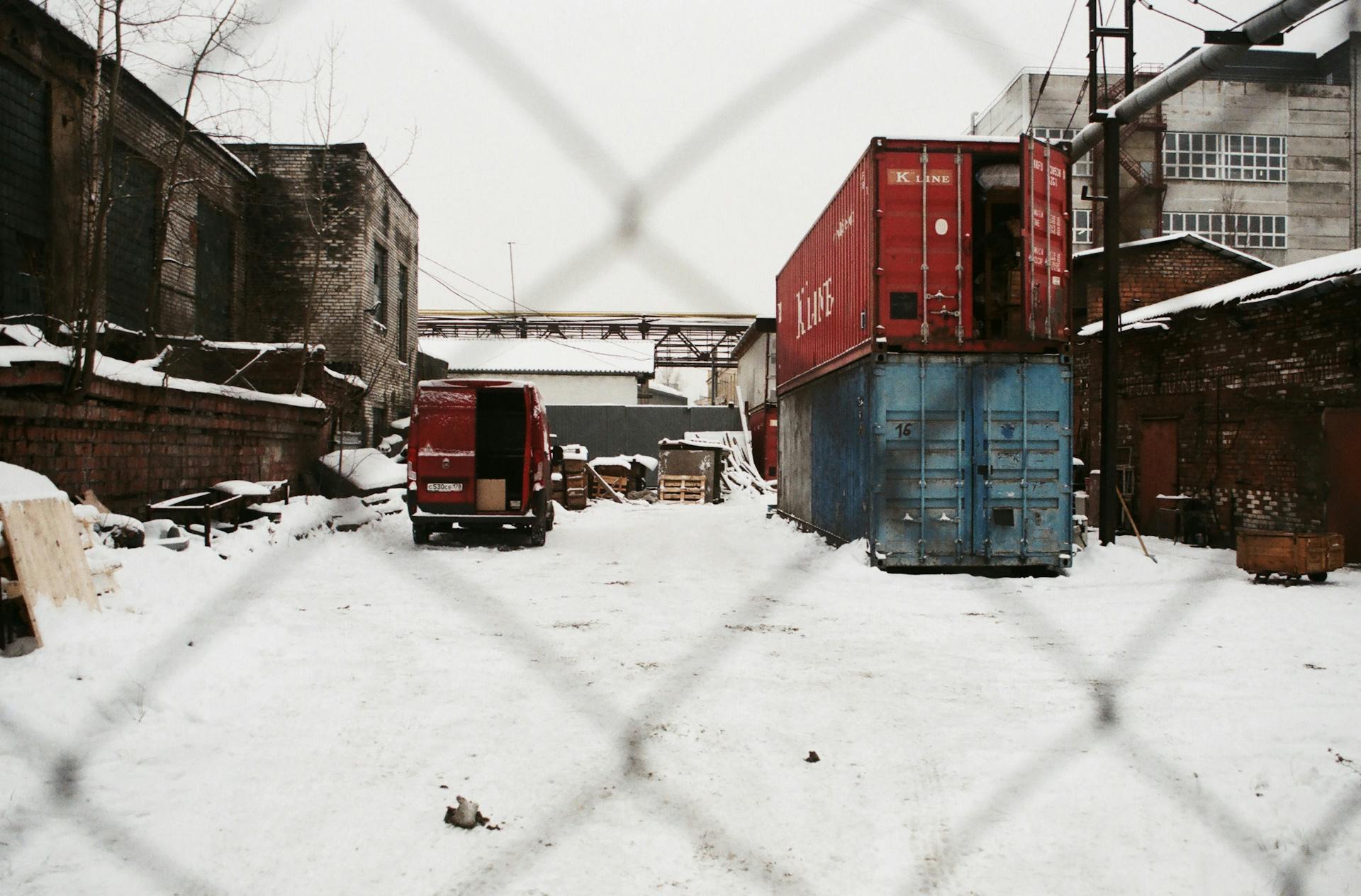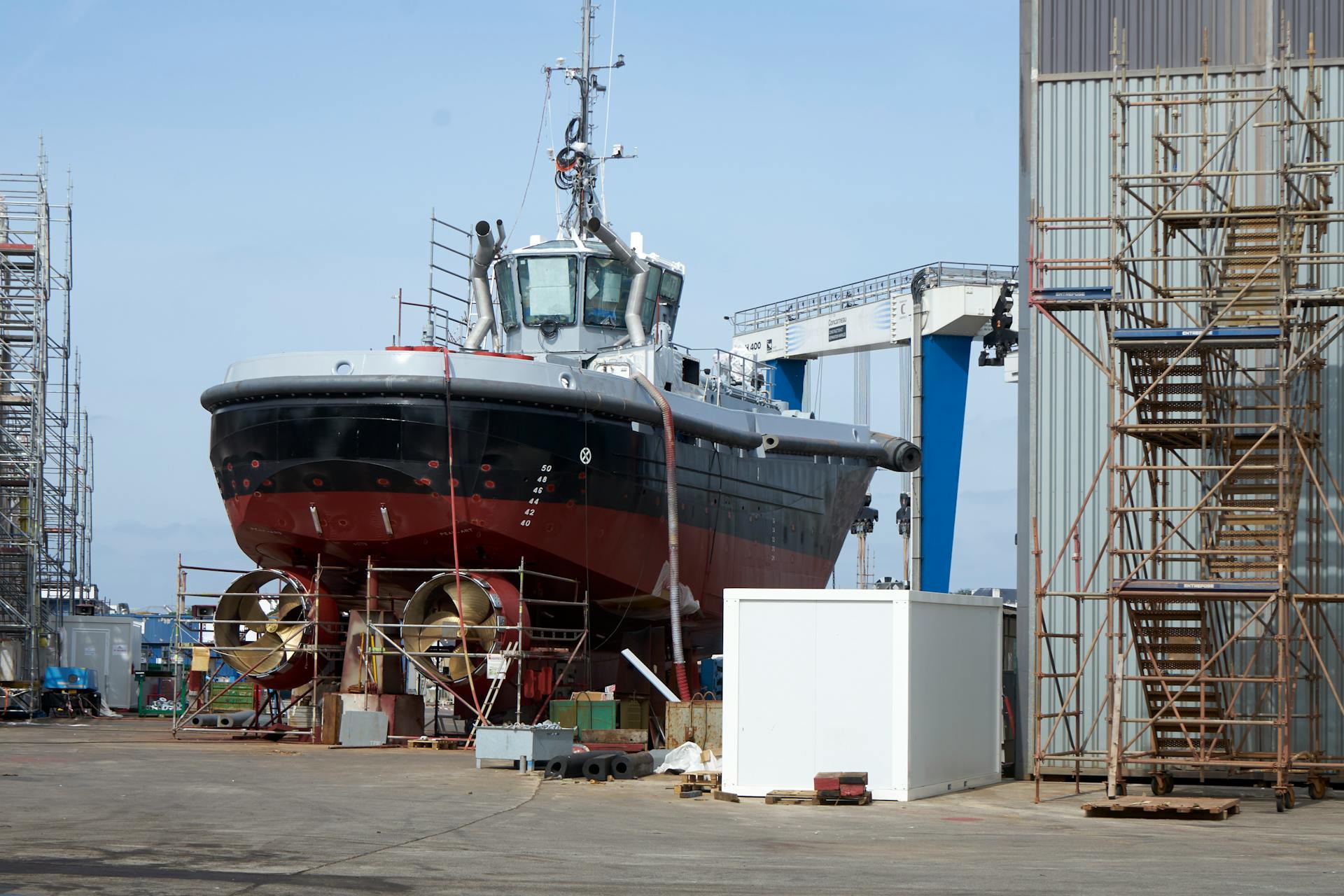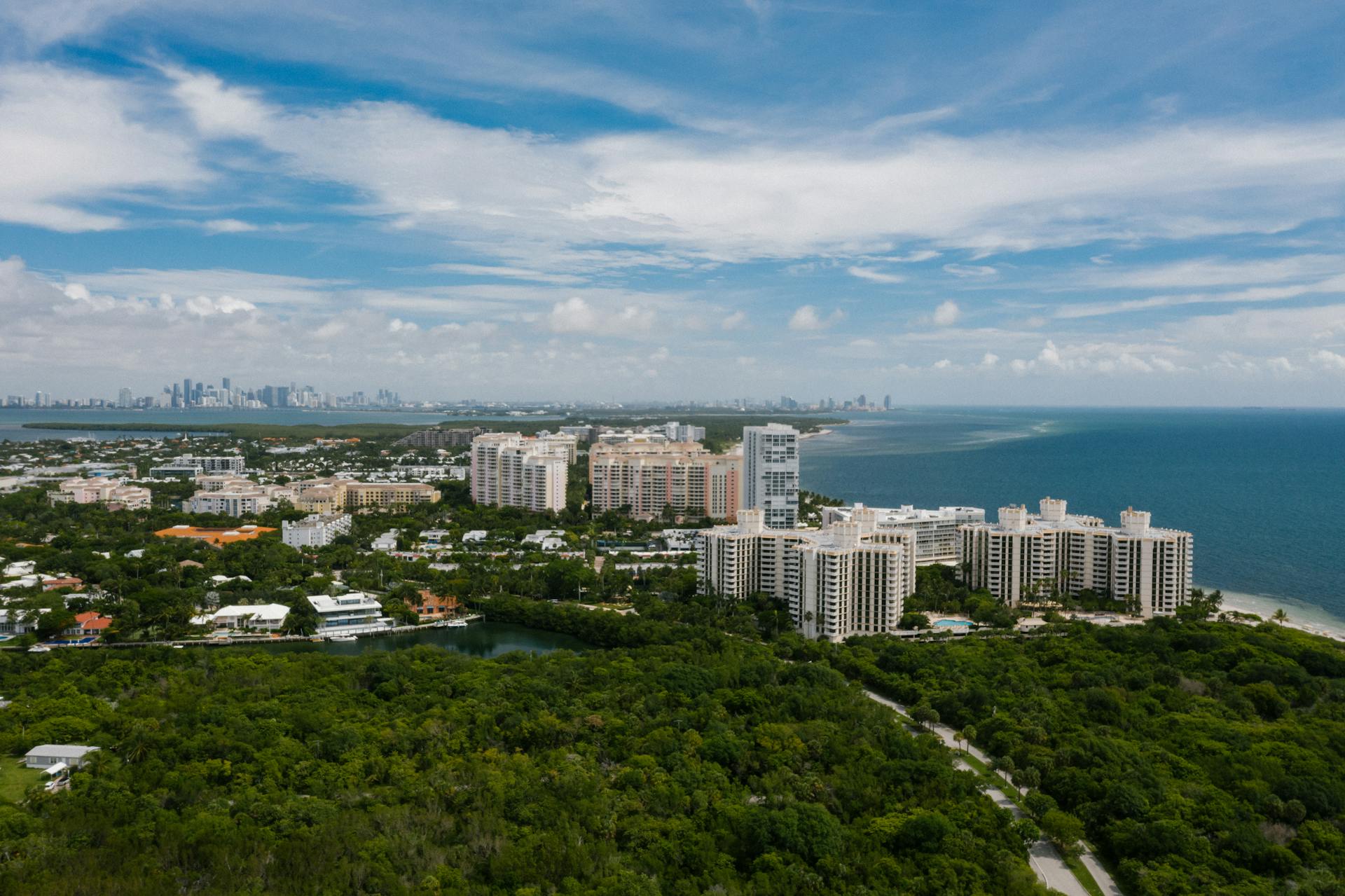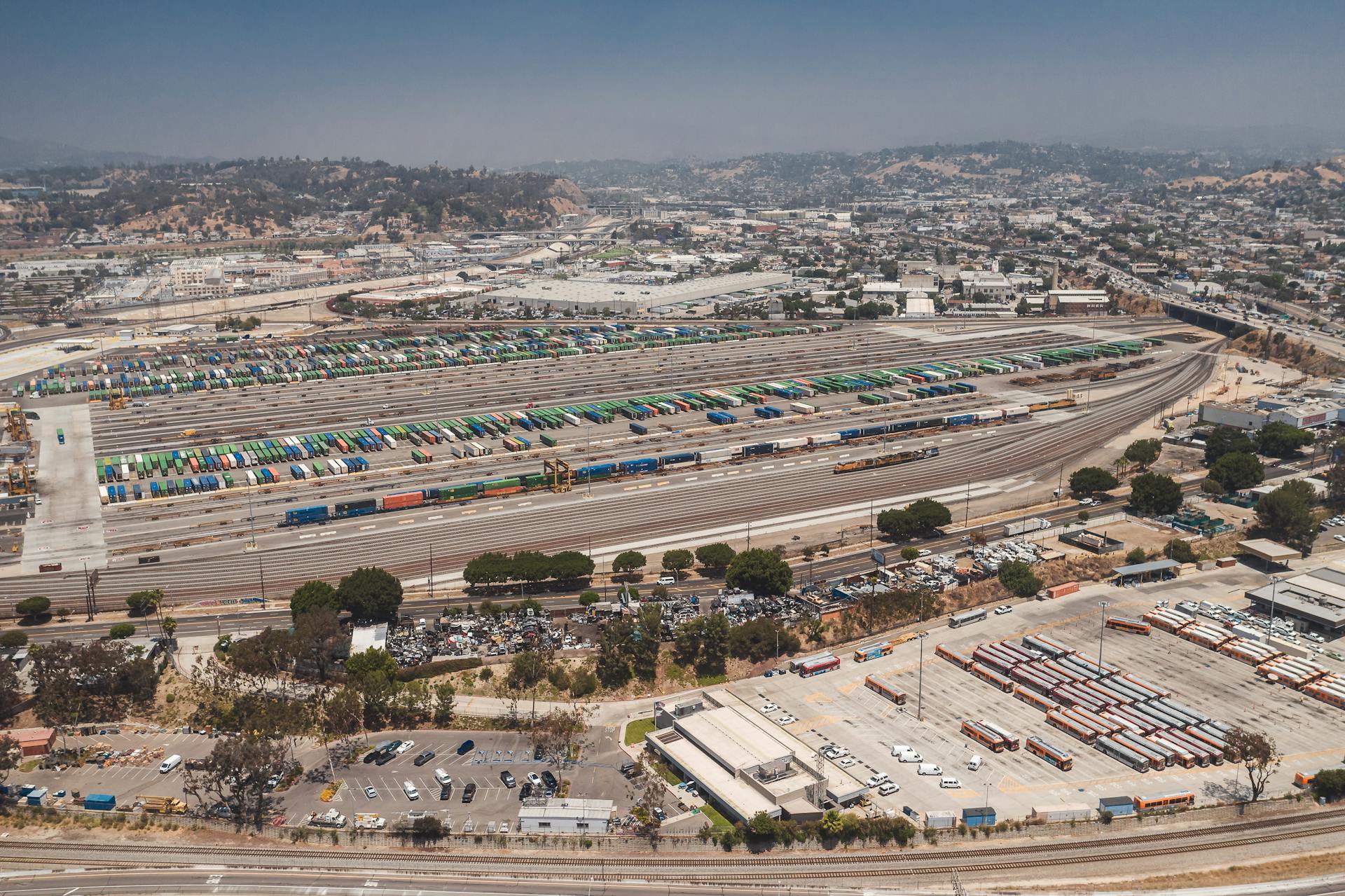
Located on the coast of Gujarat, India, the Alang India Ship Breaking Yard is a massive scrapyard that's home to over 300 ships at any given time. It's one of the largest shipbreaking yards in the world.
The yard is situated on a 2.5-mile stretch of beach, where ships are beached and dismantled for scrap metal.
Alang India Ship Breaking Yard is a major employer in the region, providing jobs for over 15,000 people.
See what others are reading: East India Trading Company Ship
A Glimpse into Alang Ship Breaking Yard History
Alang Ship Breaking Yard in Gujarat, India, has a rich history dating back to the 1980s. It was established due to the high demand for steel and scrap in the region.
The yard was initially small-scale, but by the dawn of the 1980s, Asian yards came into existence, and Alang shipbreaking yard dominated the industry, holding the first position in Asia and the entire world.
In 1983, the first ship, MV Kota Tenjong, was broken down at Alang shipbreaking yard, marking the beginning of a new era.
By 1994-2002, a total of 3854 ships were dismantled, with 58% of them being disassembled in India alone. Here's a breakdown of the number of ships dismantled by country during this period:
Alang Ship Breaking Yard Facts

The Alang Ship Breaking Yard is located in the Bhavnagar district of Gujarat, India, and spans over 10 kilometers of coastline.
It's one of the largest ship breaking yards in the world, with a capacity to dismantle over 500 ships per year.
The yard employs over 15,000 workers, mostly from the local community.
Workers at the yard are exposed to hazardous conditions, including toxic fumes and heavy metal pollution.
The Alang Ship Breaking Yard has been in operation since 1982.
Ship Breaking at Alang
Ship breaking at Alang is a massive industry that has been growing rapidly since the 1980s. It's a labor-intensive process that doesn't rely heavily on machinery, which is why it's been successful in developing countries like India.
The first ship to be broken down at Alang was the MV Kota Tenjong, which happened on February 13, 1983. This marked the beginning of Alang's rise to becoming the world's largest ship-breaking yard.
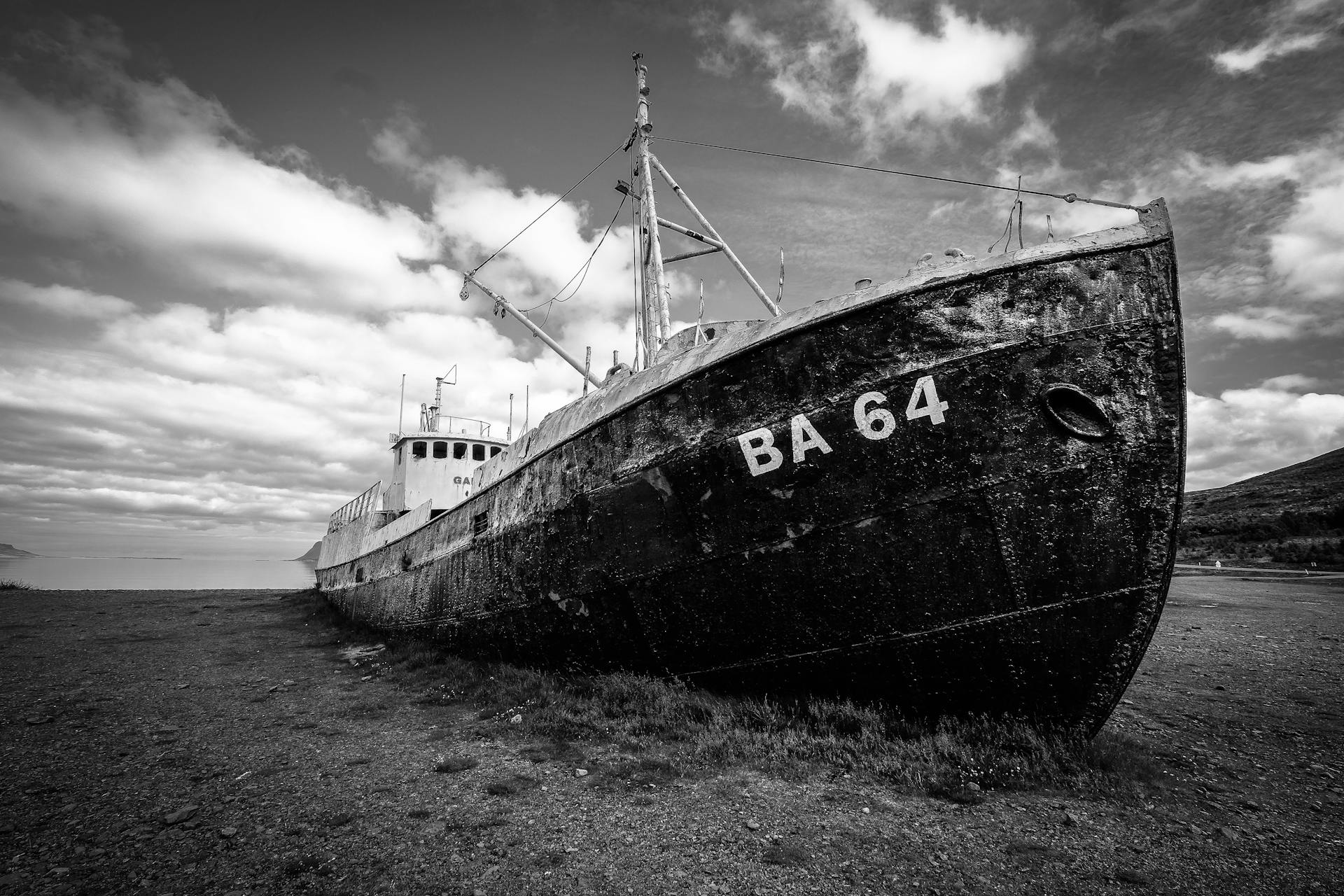
Alang has a massive workforce of 40,000 workers living in shanty towns surrounding the coast. This number is staggering, and it's a testament to the scale of the industry.
The shipbreaking process at Alang involves a series of steps, starting with the ship arriving at the shore and being shackle to the ground. The fuel tank is then emptied to prevent explosions, and valuable items like flags, ship's logs, and electronics are removed.
Here's a list of some of the prominent ships that have been salvaged at Alang:
- The Regal V, which was salvaged in 2004 after being involved in a deadly fire in 1990.
- The French aircraft carrier Clemenceau, which was dismantled in 2009.
- The Seawise Giant, the longest ship ever built, which was disassembled at Alang in 2009.
The shipbreaking industry is a significant contributor to India's economy, but it comes with a steep price – the marine environment and laborers are facing numerous threats.
Notable Ship Salvages
Alang India is home to the world's largest ship-breaking yard, and it's had its fair share of notable salvages.
One of the most striking examples is the Regal V, a ship that made headlines in 1990 for a deadly fire that occurred while it was still known as the Scandinavian Star.
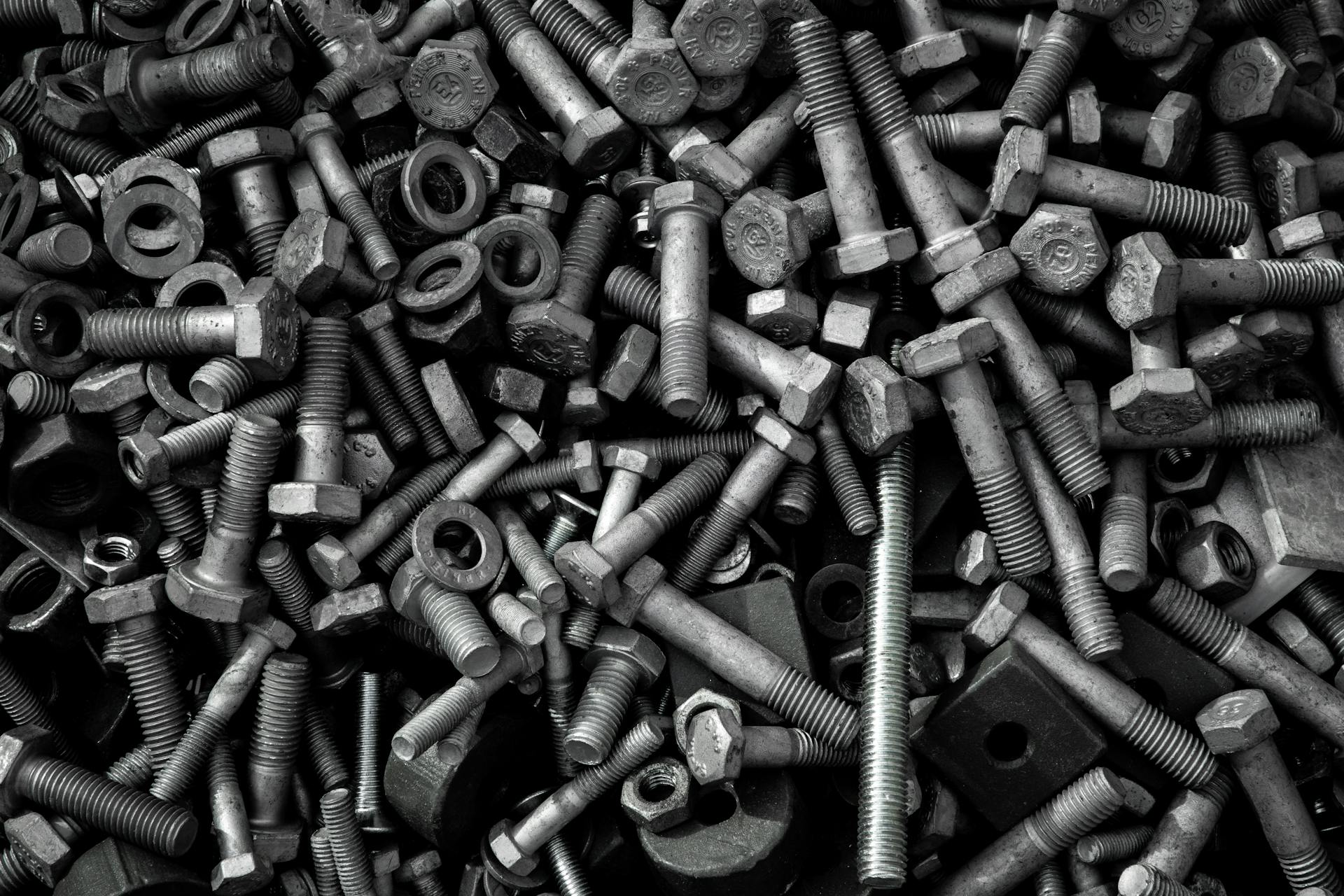
The ship was salvaged at Alang in 2004.
The French aircraft carrier Clemenceau was another prominent ship to meet its end at Alang. It was dismantled on November 18, 2009.
The longest ship ever built, the Seawise Giant, was also disassembled at Alang in December 2009.
Here are some of the most notable ships salvaged at Alang:
- Regal V (2004)
- Clemenceau (November 18, 2009)
- Seawise Giant (December 2009)
Conclusion and Future
Alang India is a significant player in the global shipbreaking industry, with a massive ship graveyard in Bhavnagar, Gujarat. The yard has been in operation since 1982.
The yard's strategic location on the west coast of India makes it an attractive destination for shipowners looking to scrap their vessels. It's a major hub for the recycling of ships, with over 1,000 vessels scrapped there every year.
The yard employs over 15,000 workers, who are involved in the dismantling and recycling of ships. The workforce is predominantly composed of local residents.
The shipbreaking process at Alang India is a complex and hazardous operation, involving the use of heavy machinery and manual labor.
You might enjoy: Alang India Ship Breaking
Government Involvement
The government is actively involved in formulating strategies to ensure the sustainability of Alang.
A senior Gujarat government official stated that the Centre and state government are working together to implement measures for Alang's ongoing operation.
The central government aims to double Alang's capacity from 4.5 million LDT to 9 million LDT in the next few years.
This plan will make Alang India's biggest vehicle recycling hub.
A financial package of ₹28 crore was recently announced by the Gujarat government to revive Alang-Sosiya Ship Recycling Yard.
This package includes a waiver in housing cess, development charges, and a reduction in customs duty for Indian flagged ships to be recycled.
The Ship Recycling Industries Association of India welcomed the government's move, saying it will help them bid at a competitive price in the international market.
The Centre is also considering reducing the basic customs duty to zero for ships for scrapping.
This move is expected to benefit Bangladesh, which lacks steel manufacturing units and relies heavily on the ship recycling industry for raw materials.
You might enjoy: Customs Clearance India
Recent Ship Arrivals and Operations
Recent ship arrivals in Alang have been quite diverse, with vessels from various countries and types of cargo. The MARITIME POLARIS, a Chemical/Oil Products Tanker, arrived on April 24 at 07:23 LT, built in 2017 with a gross tonnage of 33056.
Several General Cargo Ships have also docked in Alang recently. The PASHA 9, built in 1995, arrived on April 22 at 23:07 LT and again on April 19 at 23:21 LT.
Some notable vessels include the AURO, a Crude Oil Tanker built in 2005, and the ATHENA, an Offshore Tug/Supply Ship built in 1975. These ships have been arriving in Alang since April 16.
Here's a list of some of the recent ship arrivals in Alang, including their type, arrival date, and built year:
The MARITIME POLARIS and MARITIME EQUATOR, both Chemical/Oil Products Tankers, have arrived in Alang multiple times in recent weeks. The MARITIME POLARIS arrived on April 24, while the MARITIME EQUATOR arrived on April 9.
Environmental Concerns
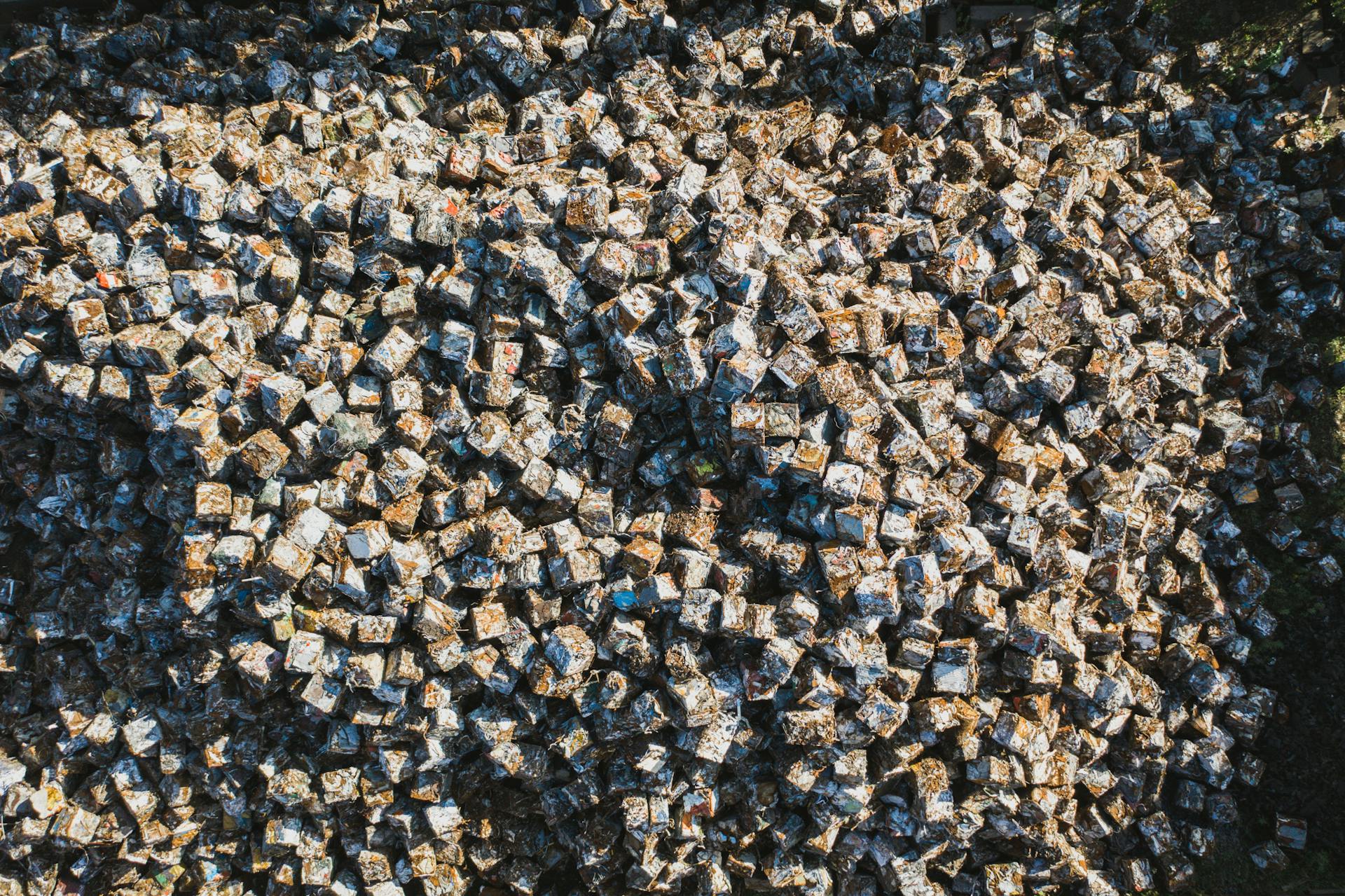
The environmental concerns surrounding Alang, India's biggest ship breaking yard, are alarming. The yard's loose marine environmental protection policies have led to irreversible harm to the surrounding flora and fauna.
Beautiful coral reefs near the Indian coasts have been completely destroyed. This has had a devastating impact on the marine life in the affected area.
The yard has become a storage facility for toxic wastes, radioactive elements, poisonous gases, and unusable oil. These toxic substances have contaminated the oceans and entered the marine food chain.
The health of workers at the yard is also at risk due to the poor safety measures and lack of healthcare facilities. They already live in dilapidated conditions, making them more vulnerable to the dangers of the yard.
For more insights, see: East India Marine Society
The Yards
The Alang shipbreaking yard in Gujarat, India, is a massive operation with a workforce of 40,000 workers living in shanty towns surrounding the coast.
The yard is labour-intensive and relies heavily on manual labour, with workers using torches, sledgehammers, and sheer elbow grease to dismantle ships piece by piece.
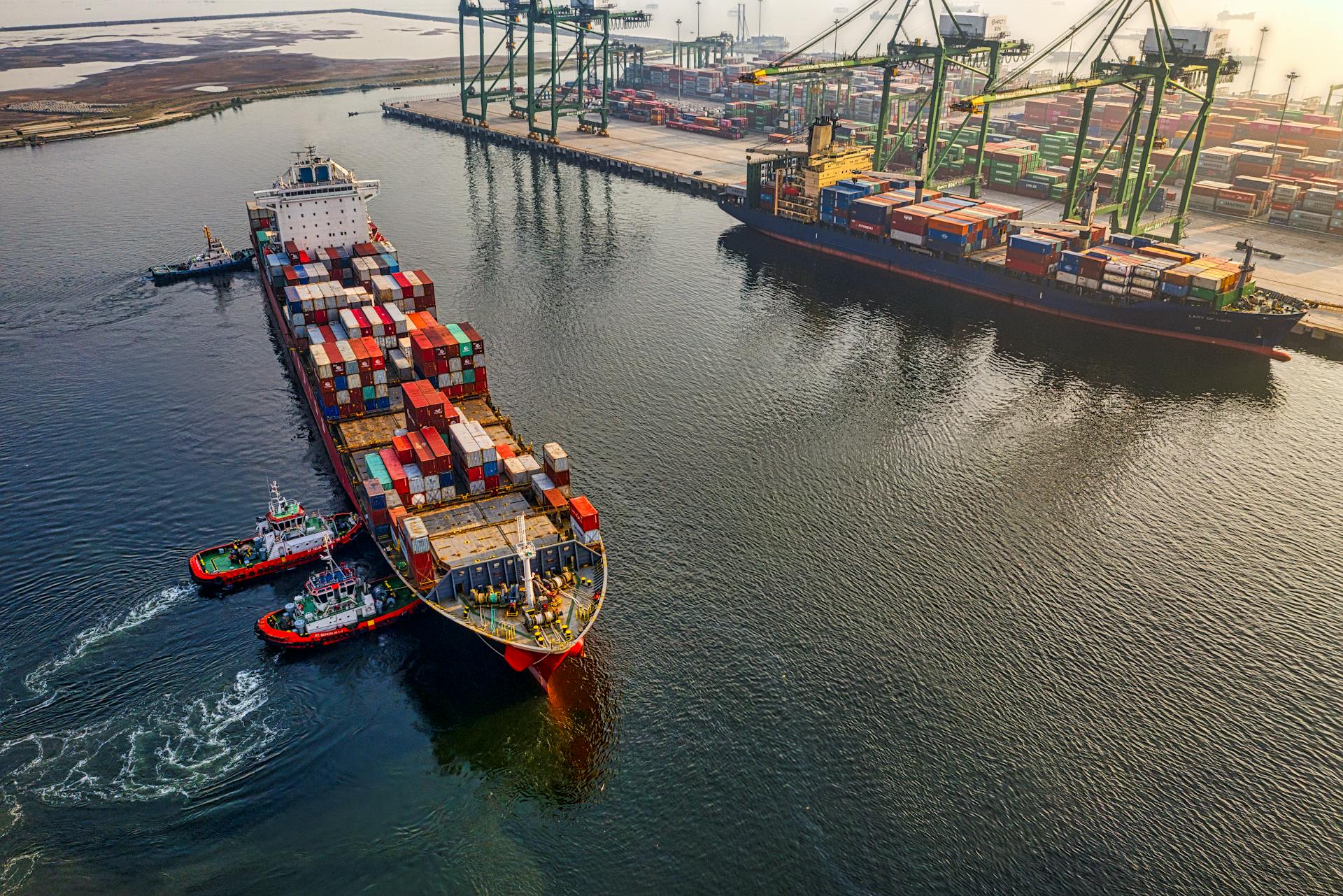
It can take anywhere from a week to a year to completely dismantle a ship, depending on the size and complexity of the vessel.
The yard has a long history, with the first ship, the MV Kota Tenjong, being broken down on 13 February 1983.
Since then, the yard has grown rapidly, with a total of 3854 ships being dismantled between 1994 and 2002.
Here's a breakdown of the number of ships dismantled by country during this period:
The yard has a surprisingly clean environment, with a blue sea and a recognizable beach, despite concerns over working conditions and environmental impact.
Frequently Asked Questions
Can we visit Alang Ship Breaking Yard?
Visits to the Alang Ship Breaking Yard are restricted and require special permissions, which can be arranged through authorized agencies or organizations.
Where is the biggest ship breaking yard in the world?
The world's largest ship-breaking yard is located in Alang, Gujarat, India. It's situated in the Bhavnagar district, a region known for its massive scrap metal industry.
Who is the owner of Alang Ship Breaking Yard?
Capt. N. Sundaresan founded Alang Ship Recycling Yard in 1983, and it is believed to have been owned by him or his successors since then.
Which is the largest ship graveyard in India?
The largest ship graveyard in India is located in Alang, Gujarat, at the Alang Ship Breaking Yard. This massive ship graveyard is also home to the world's largest ship graveyard.
How many people died in Alang Ship Breaking Yard?
At least 56 deaths have been reported in Alang Ship Breaking Yard since 2013, highlighting the industry's hazardous working conditions.
Sources
- https://www.kalthiashipbreaking.com/alang-ship-breaking-yard-gujarat-india/
- https://www.hindustantimes.com/cities/others/how-alang-ship-breaking-yard-struggles-to-survive-as-govt-comes-to-its-rescue-101688641966374.html
- https://www.vesselfinder.com/ports/INALA002
- https://www.marineinsight.com/environment/alang-gujarat-the-world%E2%80%99s-biggest-ship-breaking-yard-a-dangerous-environmental-time-bomb/
- https://www.thehindubusinessline.com/economy/logistics/alangs-ship-breaking-yard-makes-more-space-for-dying-ships/article67907614.ece
- https://testbook.com/question-answer/which-city-in-gujarat-is-widely-known-as-ship-brea--5f6dd70440c52370cf80af29
- https://www.moxon.net/india/alang.html
Featured Images: pexels.com
